Nuclear explosions that shook the world
• Nuclear explosions that shook the world
Seventy years ago, July 16, 1945 the United States conducted the first in the history of mankind to test nuclear weapons. Since that time, we had a lot of progress: at the moment in the world officially registered more than two thousand tests this incredibly destructive destruction. Here a dozen of the largest explosions of nuclear bombs, each of which shook the entire planet.
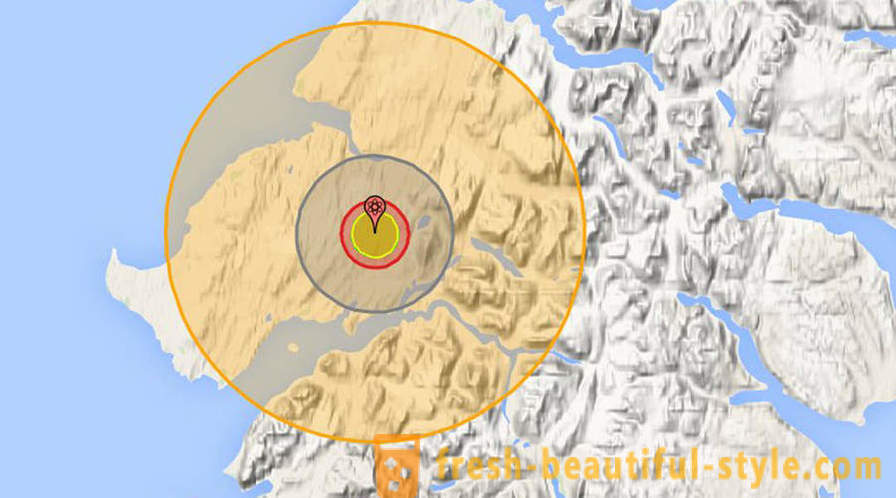
Soviet tests №158 and №168
August 25 and September 19, 1962, with a break only a month of the USSR conducted nuclear tests on Novaya Zemlya archipelago. Of course, no video and photo shooting was not carried out. It is now known that the two bombs were the TNT equivalent of 10 megatons. The explosion of a single charge to destroy all life within the four square kilometers.
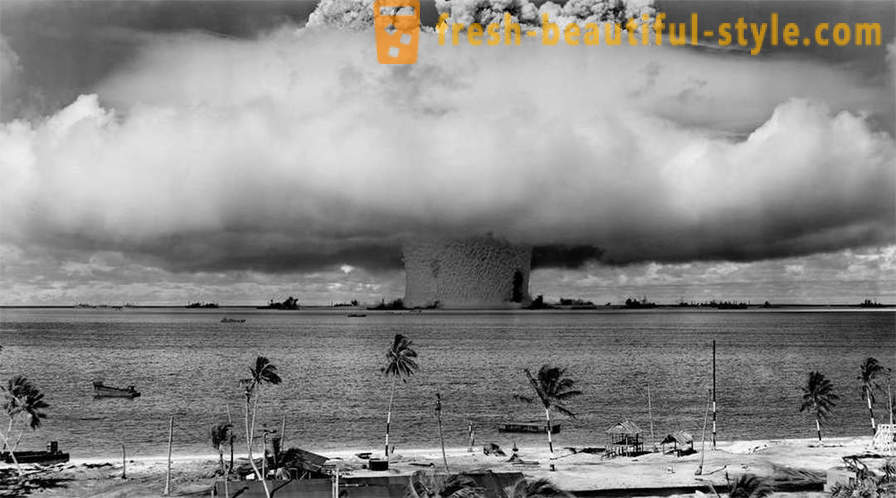
Castle Bravo
Bikini Atoll March 1, 1954 was carried out a test of the largest nuclear weapons. The explosion was three times more than expected, scientists themselves. A cloud of radioactive waste drifted toward inhabited atolls, the population subsequently documented numerous cases of radiation sickness.
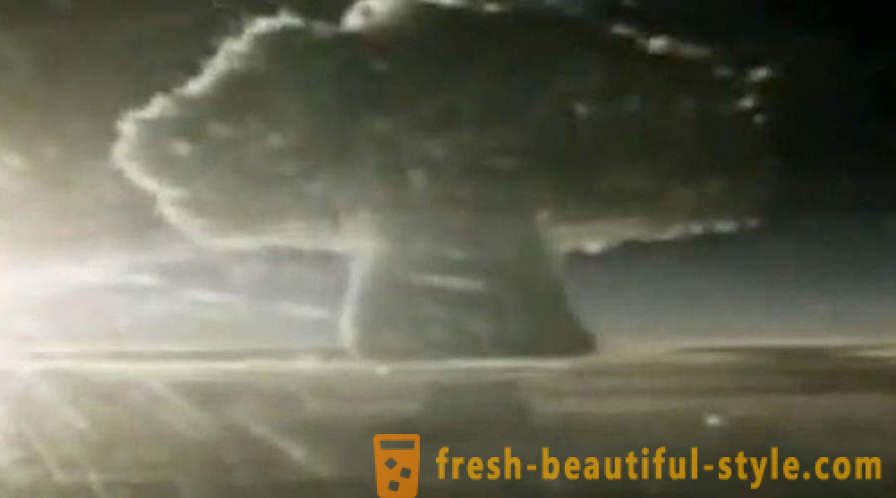
Ivy Mike
It became the world's first test of a thermonuclear bomb. US decided to test a hydrogen bomb near the Marshall Islands. Detonation of Ivy Mike was so powerful that simply vaporized Elugelab Island, scene of the test.
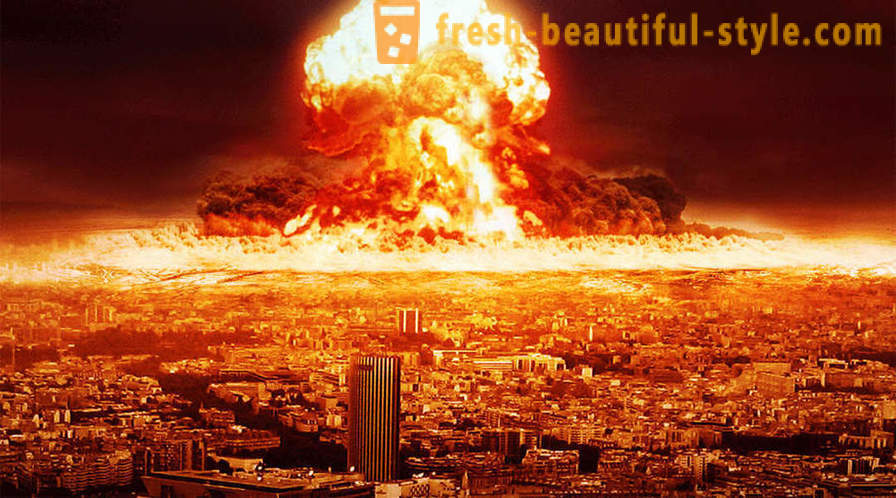
Castle Romero
Romero decided to take to the open sea on a barge and blow there. Not for the sake of some new discoveries, just in the United States no longer had free islands, where they could safely test nuclear weapons. Castle Romero explosion of TNT equivalent of 11 megatons. Detonation occurs on land, and to spread out around the scorched wasteland within a radius of three kilometers.

Test number 123
October 23, 1961 The Soviet Union conducted a nuclear test under the code number 123. Over the New Earth bloomed flower poisonous radioactive explosion at 12, 5 megatons. Such an explosion would cause in people over an area of 2,700 square kilometers, third-degree burns.
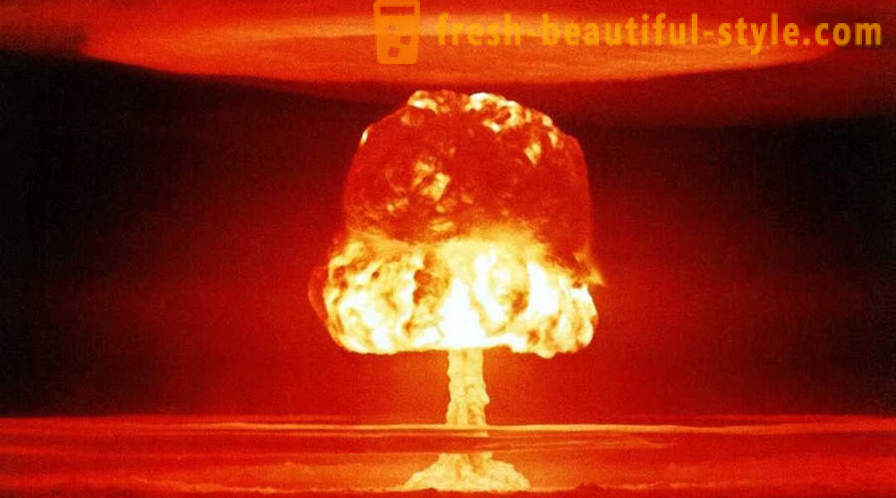
Castle Yankee
The second launch of a nuclear device, "Castle" series took place May 4, 1954. TNT equivalent bomb was 13, 5 megatons, and four days later the consequences of the explosion covered Mexico City - the city is a 15-thousand kilometers from the test site.
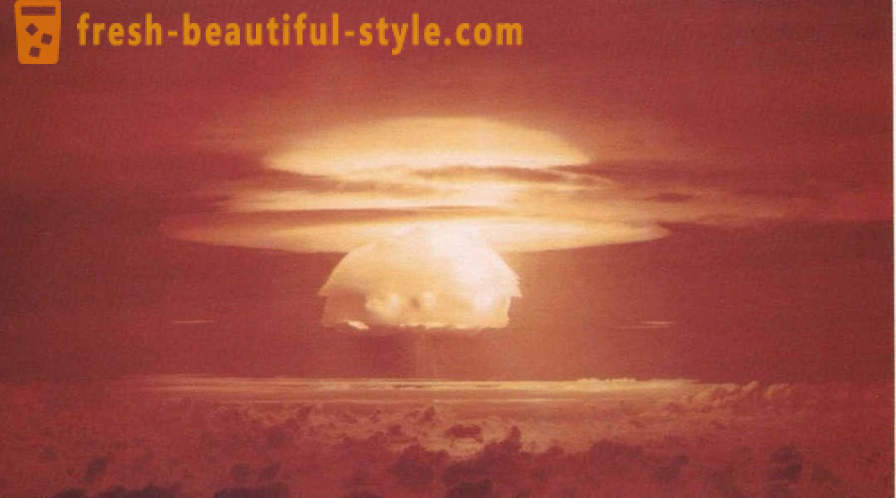
Tsar Bomb
Engineers and physicists of the Soviet Union were able to create the most powerful ever tested nuclear devices. Energy explosion Tsar Bomba was 58, 6 megatons of TNT. October 30, 1961 mushroom cloud rose to an altitude of 67 kilometers, and the fireball from the explosion reached a radius of 4, 7 kilometers.
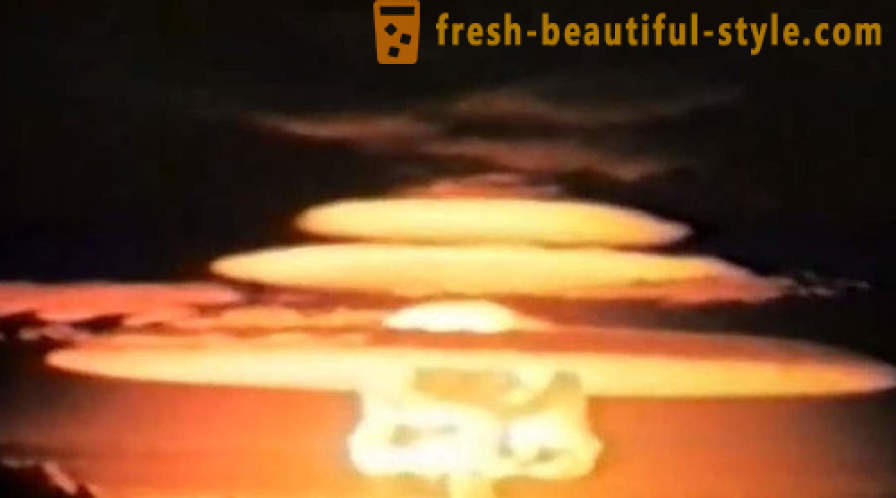
Soviet test number 173, number 174 and number 147
From 5 to 27 September 1962 in the Soviet Union carried out a series of nuclear tests on Novaya Zemlya. Tests number 173, number 174 and number 147 goes to the fifth, fourth and third places in the list of the strongest in the history of nuclear explosions. All three devices were equal to 200 megatons of TNT.
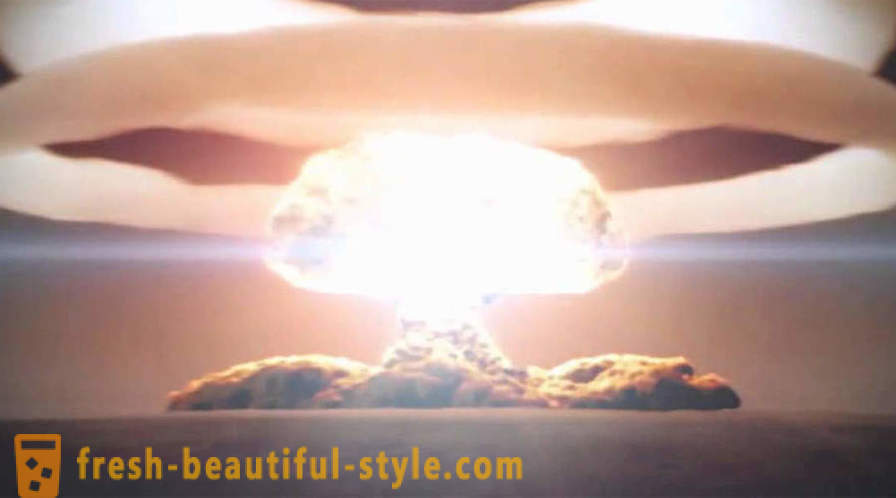
Test number 219
Another test with the order number number 219 passed there on the New Earth. The bomb had a yield at 24, 2 megatons. The explosion of such force would be burnt all within 8 square kilometers.
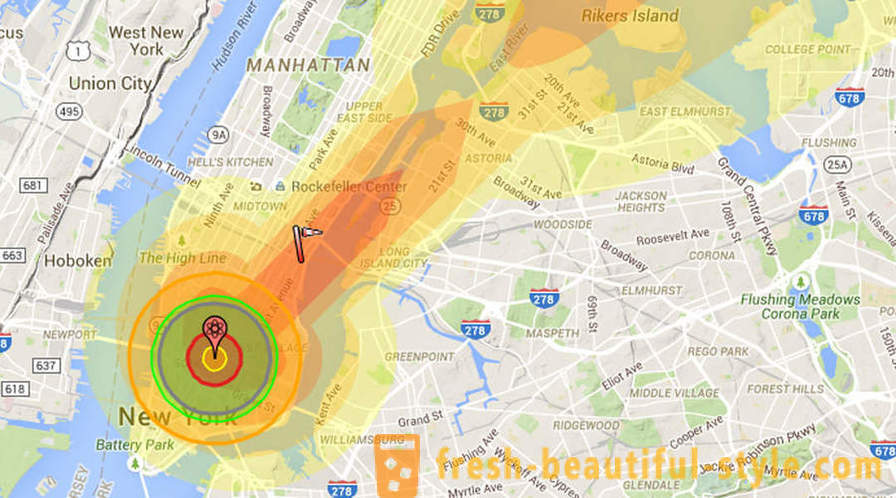
The Big One
One of the major military failures of America occurred during the test of a hydrogen bomb The Big One. force of the explosion exceeded scientists assume power five times. Radioactive contamination was observed in large parts of the United States. The diameter of the crater from the explosion was 75 meters deep and two kilometers in diameter. If such a thing has fallen into Manhattan, then from all of New York City would be left only memories.













































